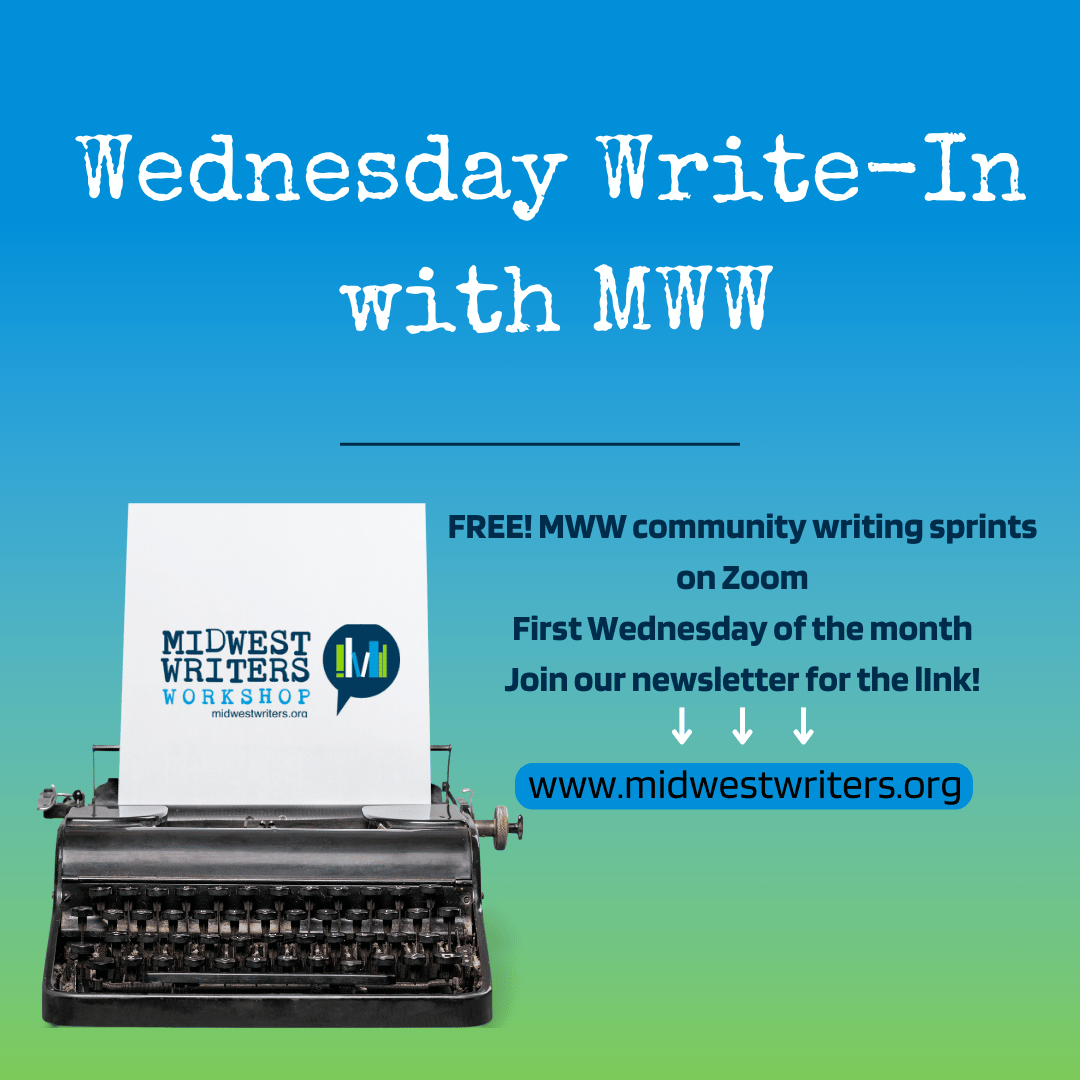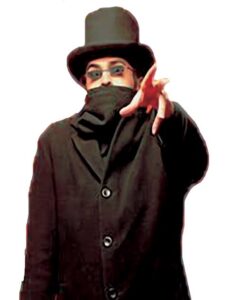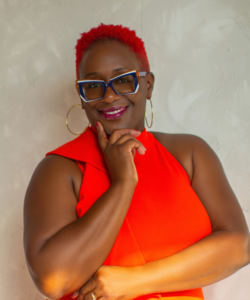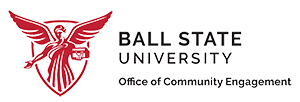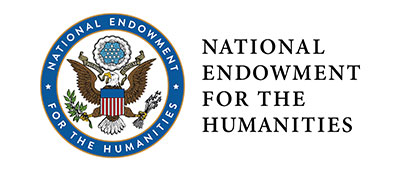Meet Kelsey Timmerman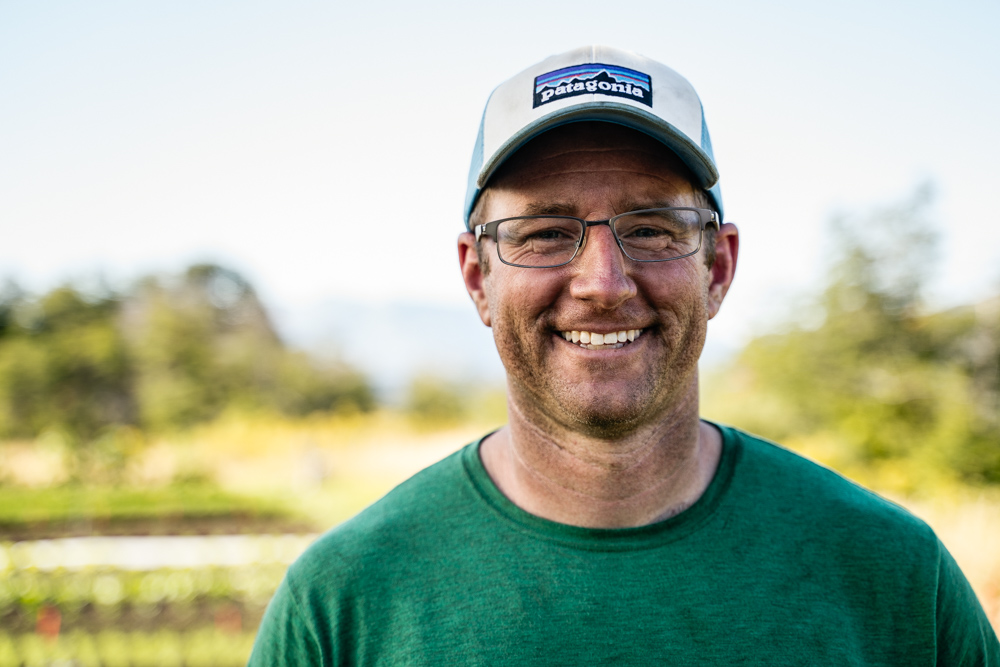
Kelsey will be teaching “Getting the Shape of Your Story in Shape” and “Lions, Liars, and AI: Using Experiences, Interviews, and Technology to Sharp Your Nonfiction & Fiction,” and participating on the panel “A Little Give and Take: Responding to Reader Responses to Our Work.” He is also on the manuscript evaluation team.
Learn More About the Conference and Register
All attendees will receive available session materials and have access to the recordings for 90 days following the event
Q&A with Kelsey
MWW: The description of your session on story structure sounds…autobiographical! It sounds a lot like my process, for sure, and I know many writers feel the same way. What types of things do you struggle with in your own book structure, and what helps you when you confront those problems?
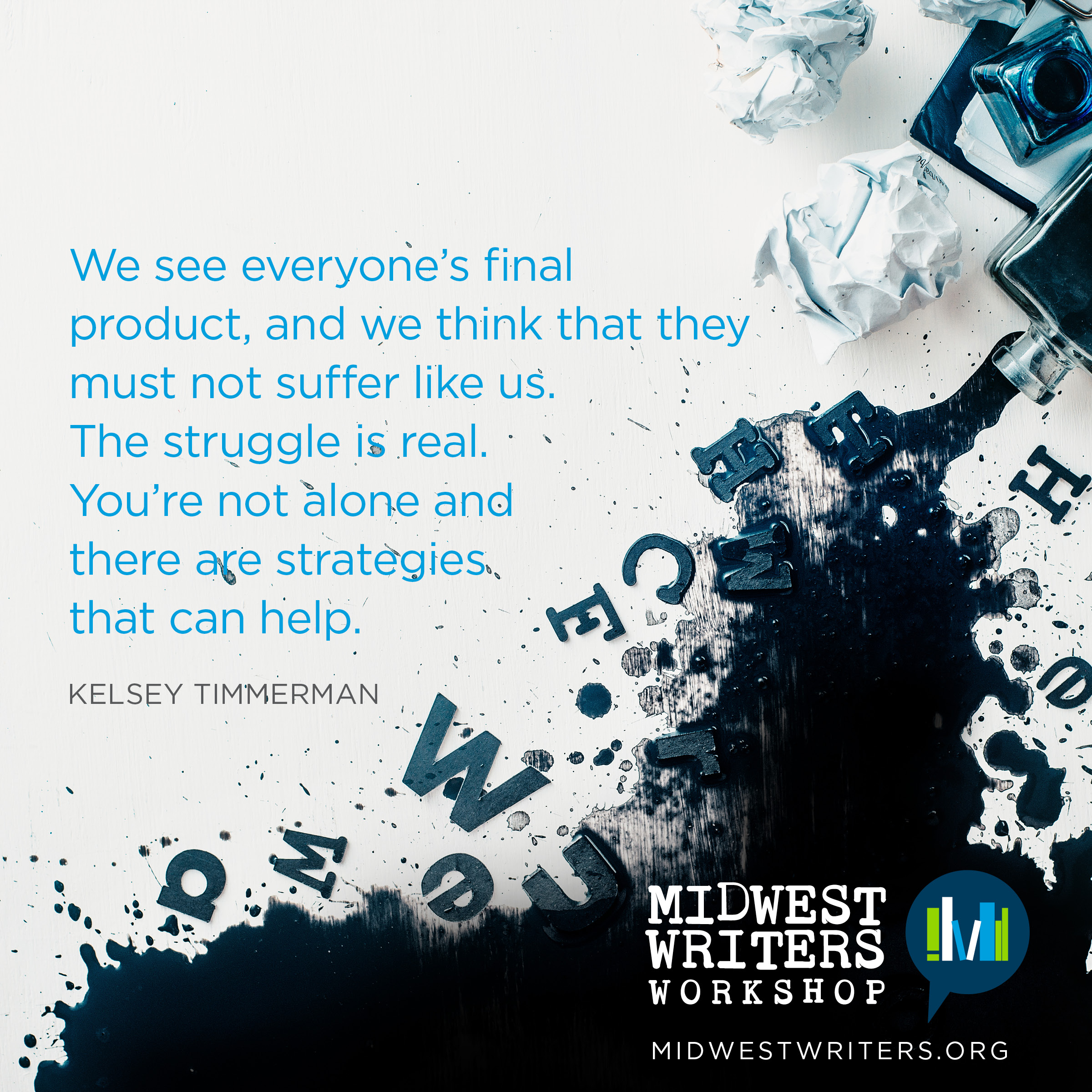 KT: Leah, I don’t want this for you. I was hoping you were the Queen of Structure and were more organized than me. That’s the thing, though. We see everyone’s final product, and we think that they must not suffer like us. We don’t know that their Chapter 1 was the last chapter, and the last chapter was Chapter 25 but now there are only 9 chapters, and their favorite chapter didn’t even make it into the final draft. The struggle is real. You’re not alone and there are strategies that can help.
KT: Leah, I don’t want this for you. I was hoping you were the Queen of Structure and were more organized than me. That’s the thing, though. We see everyone’s final product, and we think that they must not suffer like us. We don’t know that their Chapter 1 was the last chapter, and the last chapter was Chapter 25 but now there are only 9 chapters, and their favorite chapter didn’t even make it into the final draft. The struggle is real. You’re not alone and there are strategies that can help.
Structure is especially challenging in nonfiction. Life rarely unfolds in a nice tight narrative. I’ve got this mess of stories and they can fit together in a thousand different ways. I write each story, beat, chapter (whatever you want to call them) on a notecard and shuffle them around. I write them on the whiteboard only to erase them with my tears. These are painful and necessary steps to get me thinking through how the stories flow and connect. But the final step is the most important. I talk through my choices with an editor and writer. They usually ask some insightful questions, and may make some suggestions, but the act of talking about how things fit together helps me the most.
MWW: Can you talk about a time when you really really didn’t want to incorporate someone’s feedback on your writing, but found that doing so ultimately improved the work?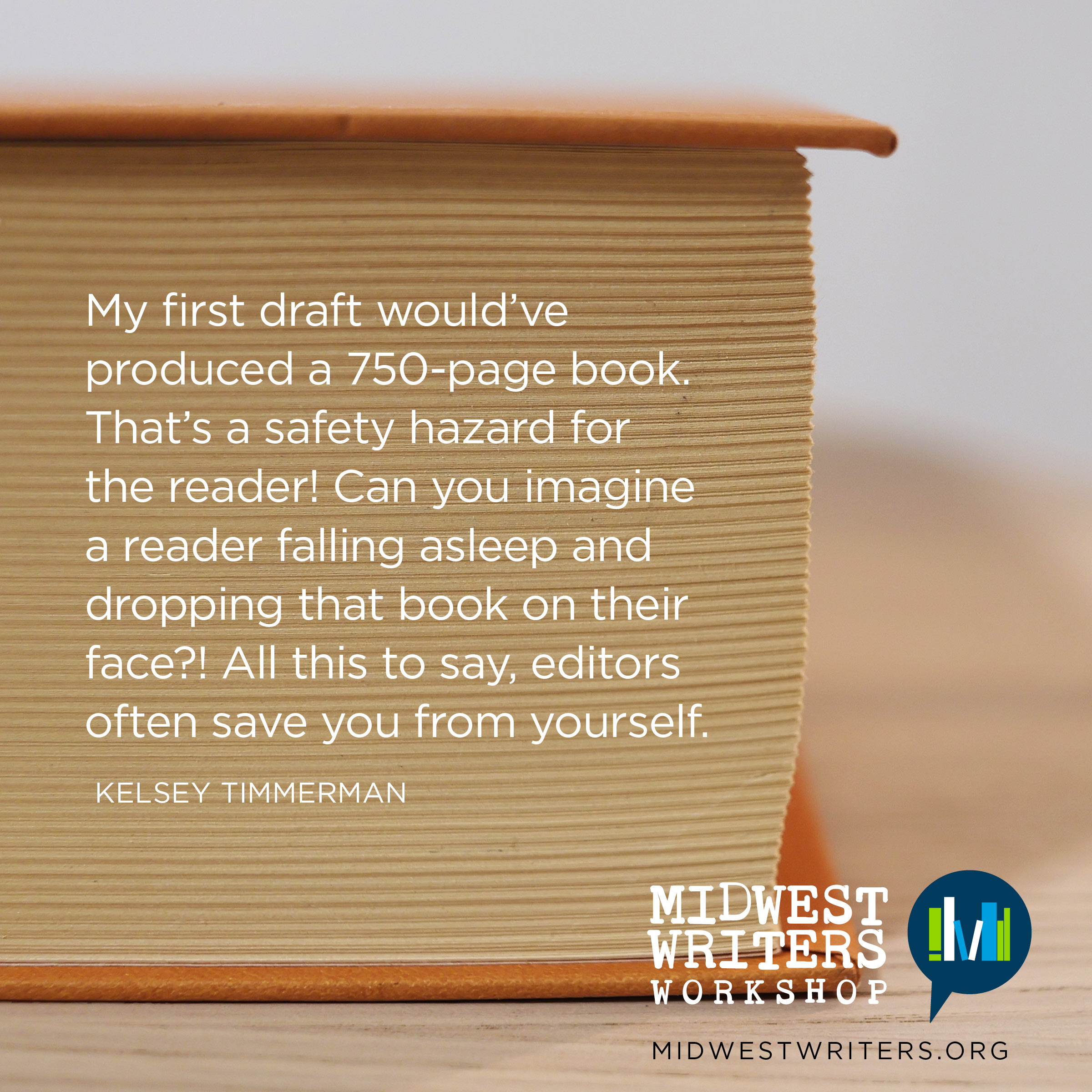
KT: The first draft of my upcoming book was 133,000 words. I knew it was a mess and needed to be cut. I figured I needed to get it down to 90,000 to 100,000 words. My editor wanted it under 75,000.I had to cut an entire book out of my book! That meant a lot of side quest tangents needed to go. But once she helped me nail down a structure it was more obvious of what went and what stayed. The book is better for it. Even so, the book has 70 full-color photos and clocks in at 400 pages. Forget about the narrative, my first draft would’ve produced a 750-page book. That’s a safety hazard for the reader! Can you imagine a reader falling asleep and dropping that book on their face?! All this to say, editors often save you from yourself.
MWW: What book (or resource) on writing craft do you recommend most often?
KT: Every time I finish my shitty first draft and look at the mess I’ve created I read Draft No. 4: On the Writing Process by John McPhee to help me make sense of it. It’s helpful to know that a master of the craft also struggles with structure and to learn about the tools and methods he uses to figure it out.
Learn More About the Conference and Register
All attendees will receive available session materials and have access to the recordings for 90 days following the event
Are You in a Writing Slump? Write With Us!
The “Wednesday Write-In with MWW” is a 30-minute Zoom session, first Wednesday of the month, where we get together and WRITE.
It might seem weird to have the Brady-Bunch Zoom screen filled with people not talking to each other, but please trust me: It works. It creates an accountability; it creates a space where your sole purpose is to get words down on paper. I might allow for a *little* chit-chat 🙂
To accommodate people’s availability, we will alternate morning sessions and evening sessions. Let’s dedicate 30 minutes of our day, once a month, to generating words and developing our craft!
Join us next Wednesday, March 5 at 7:00pm EST for a thirty-minute writing sprint–subscribe to our newsletter for the monthly link!
Success Stories
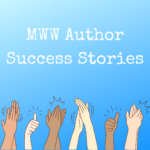 Finish an essay, a book, a paragraph? Have something published? Tell us about something exciting you’ve done with writing and/or publishing in the past year. Bonus points if you can tell us how MWW has made an impact on your writing.
Finish an essay, a book, a paragraph? Have something published? Tell us about something exciting you’ve done with writing and/or publishing in the past year. Bonus points if you can tell us how MWW has made an impact on your writing.
Send your success stories to midwestwritersworkshop@gmail.com and we’ll post it on our website!
MWW is dedicated to building a community where writers can network with others and grow.
 ADVERTISE WITH US!
ADVERTISE WITH US!
This ad space could be yours! MWW publishes four digital newsletters a month. With a 42+% open rate, we offer an excellent venue for reaching your target audience.
You can also be featured in our event programs!
Check out our advertising opportunities.
SEE WHAT ELSE MWW HAS TO OFFER
- MWW Writing Service: Receive manuscript evaluations from our experts
- Midwest Writers Workshop Facebook Group: Join our community to network, support, celebrate, and commiserate with other writers
Join Our Mailing List


